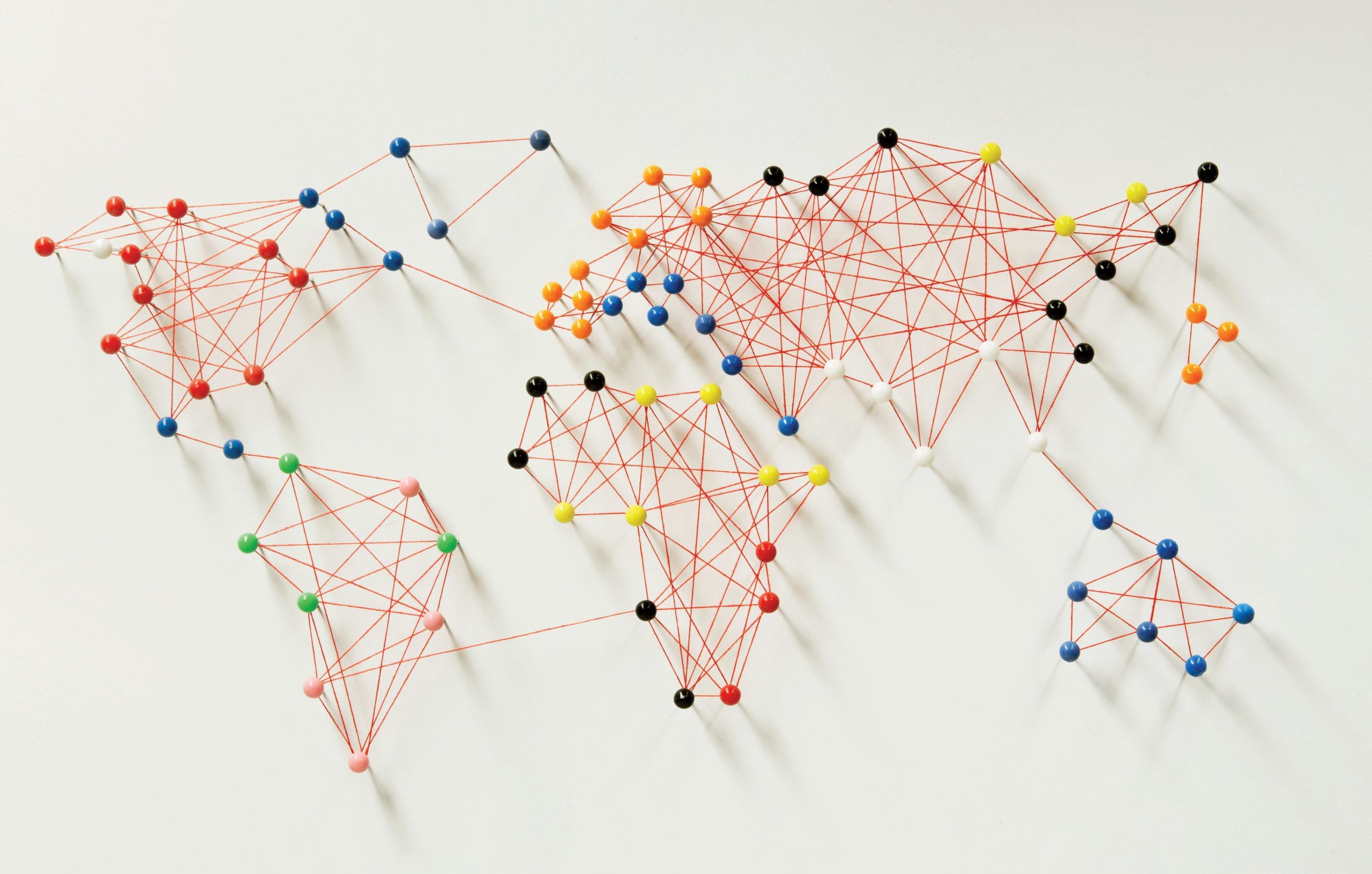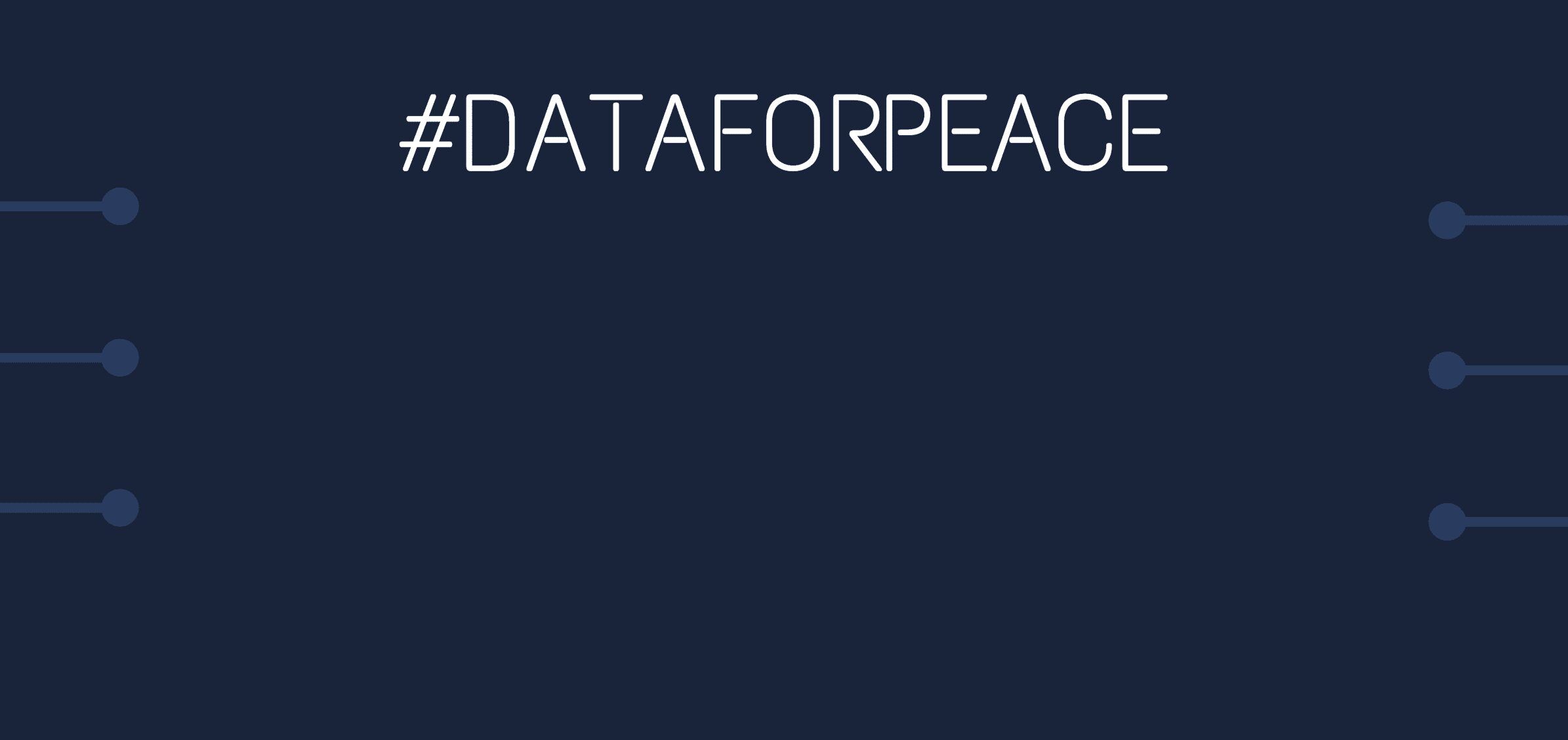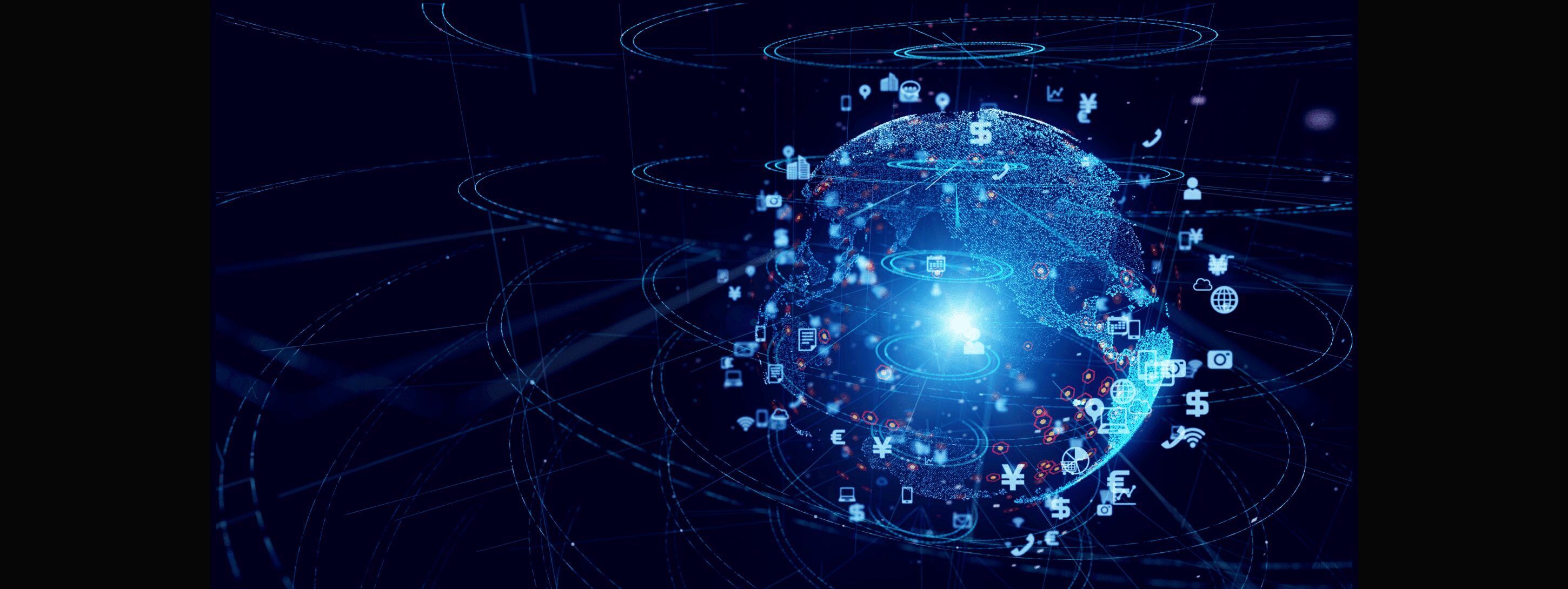
Array
(
[thumbnail] => https://s42831.pcdn.co/wp-content/uploads/2020/12/data4peace_photo_cropped_0-150x150.jpeg.optimal.jpeg
[thumbnail-width] => 150
[thumbnail-height] => 150
[medium] => https://s42831.pcdn.co/wp-content/uploads/2020/12/data4peace_photo_cropped_0-300x191.jpeg.optimal.jpeg
[medium-width] => 300
[medium-height] => 191
[medium_large] => https://s42831.pcdn.co/wp-content/uploads/2020/12/data4peace_photo_cropped_0-768x489.jpeg.optimal.jpeg
[medium_large-width] => 768
[medium_large-height] => 489
[large] => https://s42831.pcdn.co/wp-content/uploads/2020/12/data4peace_photo_cropped_0-1024x652.jpeg.optimal.jpeg
[large-width] => 1024
[large-height] => 652
[1536x1536] => https://s42831.pcdn.co/wp-content/uploads/2020/12/data4peace_photo_cropped_0-1536x978.jpeg.optimal.jpeg
[1536x1536-width] => 1536
[1536x1536-height] => 978
[2048x2048] => https://s42831.pcdn.co/wp-content/uploads/2020/12/data4peace_photo_cropped_0-2048x1304.jpeg.optimal.jpeg
[2048x2048-width] => 2048
[2048x2048-height] => 1304
[gform-image-choice-sm] => https://s42831.pcdn.co/wp-content/uploads/2020/12/data4peace_photo_cropped_0-scaled.jpeg.optimal.jpeg
[gform-image-choice-sm-width] => 300
[gform-image-choice-sm-height] => 191
[gform-image-choice-md] => https://s42831.pcdn.co/wp-content/uploads/2020/12/data4peace_photo_cropped_0-scaled.jpeg.optimal.jpeg
[gform-image-choice-md-width] => 400
[gform-image-choice-md-height] => 255
[gform-image-choice-lg] => https://s42831.pcdn.co/wp-content/uploads/2020/12/data4peace_photo_cropped_0-scaled.jpeg.optimal.jpeg
[gform-image-choice-lg-width] => 600
[gform-image-choice-lg-height] => 382
)
Emerging Technologies: The Ally Human Rights Advocates Need

By Branka Panic
The potential to revolutionize human rights reporting, documentation, and the pursuit of legal accountability
Human Rights Day is observed every year on December 10th, the day the United Nations General Assembly adopted the Universal Declaration of Human Rights, in 1948.
Human rights have increasingly been impacted by the development of emerging technologies, which have raised many problematic issues in previous years. Many of the issues are not new, but they are greatly exacerbated by the scale and proliferation of AI, big data, and the rise of algorithmic decision-making. Contemporary forms of racism, racial discrimination, xenophobia, and related intolerance are some examples emphasized in a recent report by the UN Special Rapporteur, Racial discrimination and emerging digital technologies: a human rights analysis. We hear about these and many other risks and negative impacts daily: perpetuating bias in criminal justice, healthcare, recruitment and hiring, facilitating mass surveillance, facial recognition and discriminatory profiling, spreading disinformation, financial discrimination against marginalized individuals and groups, etc. Without a doubt, addressing these and other technology-related threats should be an important priority to help prevent detrimental impacts. However, that should not put many positive applications on hold.
While discussing how AI affects human rights, we need to create opportunities to utilize AI for human rights.
Satellite imagery and computer vision replacing human eyes on the ground
Exactly on this day, one year ago, Abiy Ahmed Ali, president of Ethiopia, delivered his Nobel Lecture at the Oslo City Hall in Norway, after being awarded a 2019 Nobel Peace Prize, for outstanding contributions to peace for his work in bringing to an end more than 20 years of conflict with neighboring Eritrea. One year later, Ethiopia is in another conflict launched in the Tigray Region. As communication in Tigray remains shut down, it has been hard to confirm events in this region and impact on affected populations. This is where technology can help. Amnesty International’s Crisis Evidence Lab has examined and digitally verified photographs and videos of victims and happenings on the ground and, by using satellite imagery, it has geolocated images to western Tigray state. This serves as digital evidence of what appears to be murdered citizens, day laborers in no way involved in the ongoing military offensive.
Territories affected by conflict and violence are often exactly those with restricted access for humanitarian organizations and human rights monitors. Hence, technology can be an ally to human rights activists to document and expose violations of human rights.
Artificial Intelligence as a tool for proving war crimes
CIC’s latest report on data-driven approaches to peace and prevention, published this October, mentions harnessing satellite imagery as one of the cutting edge examples of new technologies utilized for human rights protection. Satellite images have already been used to confirm the existence of forced labor camps in North Korea, mass graves in Burundi, Boko Haram activities in Nigeria, human rights abuses in Darfur, forced relocation in the Democratic Republic of Congo and Zimbabwe, and rapid construction of migrant tent jails for families and children at the US-Mexico border. The International Criminal Court indictment of former Sudanese President Omar al-Bashir relied on satellite imagery of human rights abuses in Darfur. Another recent example of tracking human rights violations is satellite imagery captured over Xinjiang province in western China uncovering the size and spread of internment camps for indoctrination of vast number of the Uyghur Muslim population.
Using satellite imagery is not new, but what is new is the potential of combining high-quality satellite imagery with deep learning and other recent advances in computer science. A team led by researchers at Swansea University, Global Legal Action Network, VFRAME, Syrian Archive and Yemeni Archive, combined videos and photos from thousands of sources, including journalists, civilians and social media platforms, and processed them with machine learning based system to detect all situations of banned cluster munitions being used in attacks and Syria and Yemen. It is estimated that it would take an individual 2,750 days to search through this information, while the ML system would require
Documenting such war crimes, human rights violations, government oppression and abuse, is an important effort to stop perpetrators through legal challenges, and technology is an important ally enabling this process. However, as many experts in this field warn, processing this content manually can be overwhelming with considerable mental health consequences to those faced with preserving and analyzing it, where, again, the help of AI-enabled processing comes beneficial.
AI as a tool for predicting and preventing conflict, violence, and crimes against humanity through enabling early warning systems
Triggers for humanitarian crises and crimes against humanity, such as mass atrocities and genocide, are difficult to predict in advance due to their rare occurrence and the variety of different factors. The ability to accurately estimate the likelihood of genocide and mass atrocities could help plan early action and coordinate response. Early Warning Project (EWS) at the US Holocaust Memorial Museum has addressed this challenge by improving the early warning system for mass atrocities through combining qualitative and quantitative methods to spotlight countries with high risk of mass atrocities. Each year, EWS publishes an assessment for more than 160 countries ranked by their likelihood of a new episode of mass killing. The results are not a conclusion, but a starting point for further analysis and preventative action. High-quality geospatial, contextual, and longitudinal data and high performance cheaper computing were essential in moving from basic statistics to deep learning automated knowledge discovery and applications in rapidly emerging crises
The founders of the UN had the ambition to prevent future wars.
As international days such as December 10 have traditionally been powerful moments for advocacy, we want to use this occasion to emphasize concerns around the impacts of technology on human rights, but also advocate for emerging technologies as allies of human rights advocates, and as tools for transparency, accountability, and protection of human rights.
More Resources
-
-

Putting Data to Work for Peace: #D4PS 2020
Paige Arthur
Stay Connected
Subscribe to our newsletter and receive regular updates on our latest events, analysis, and resources.
"*" indicates required fields

